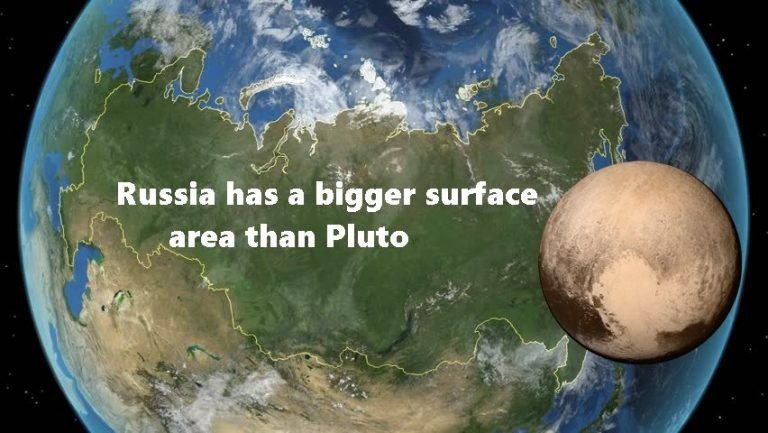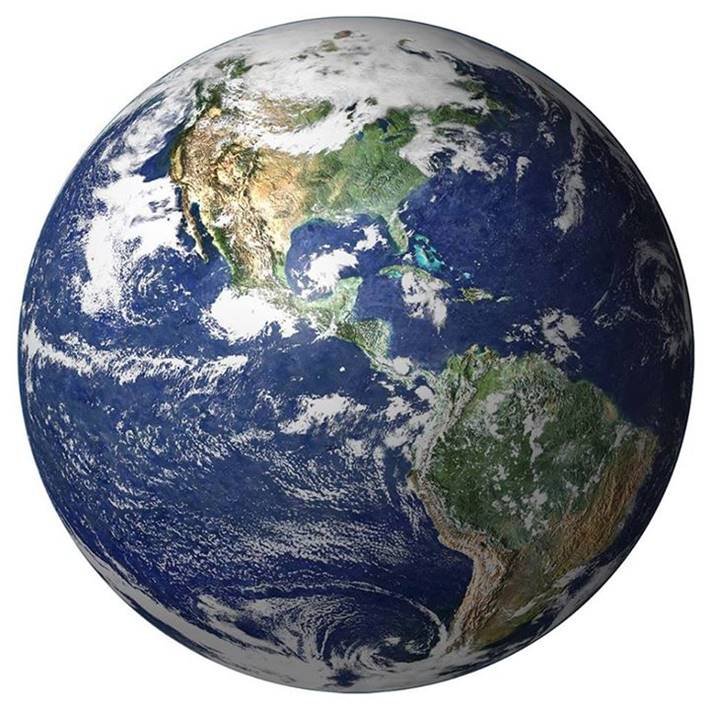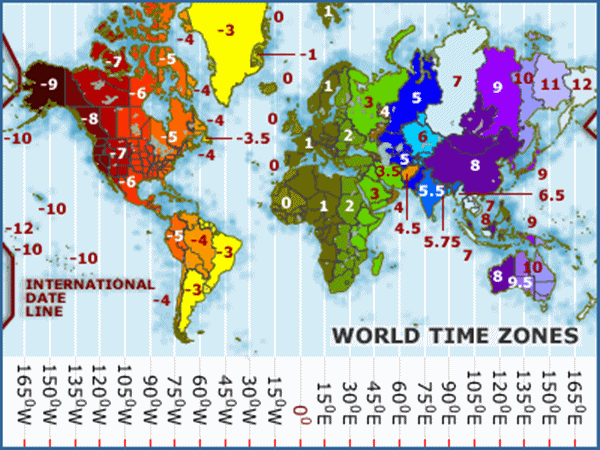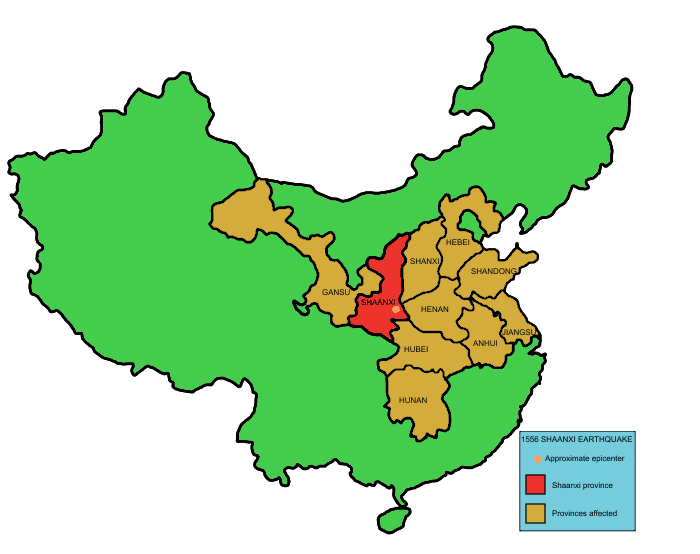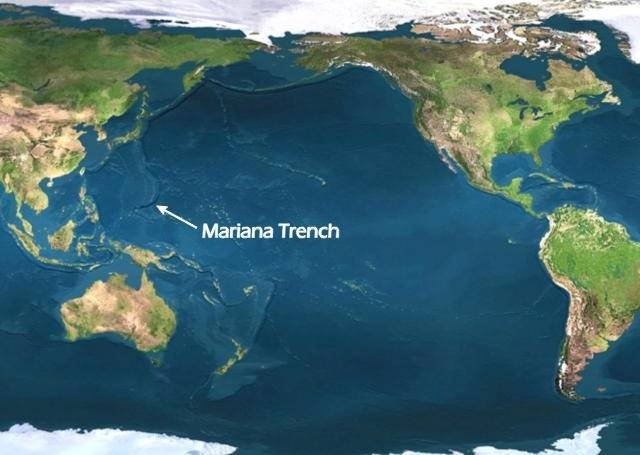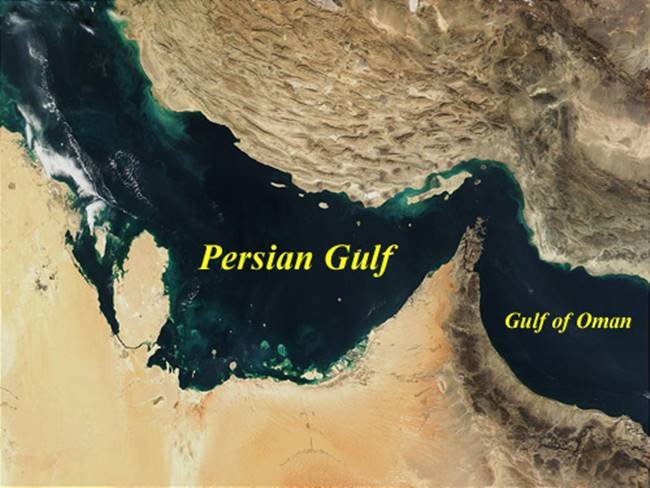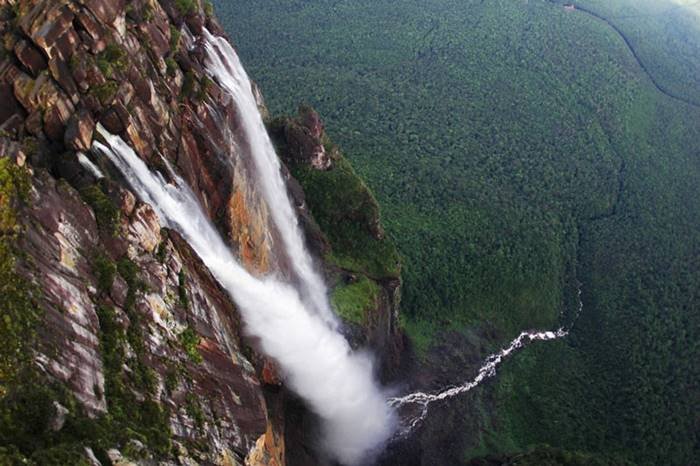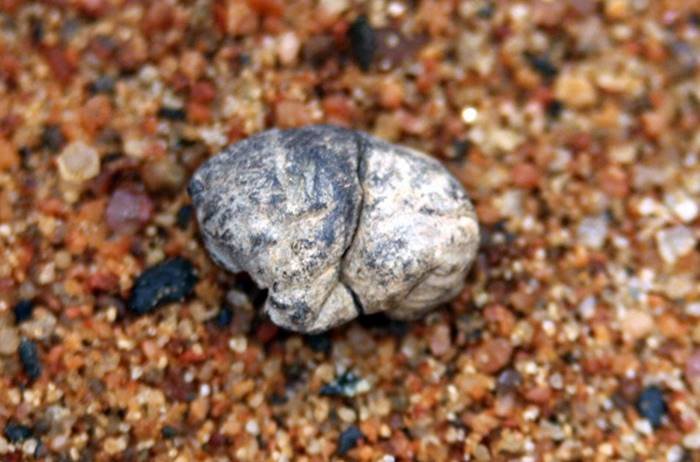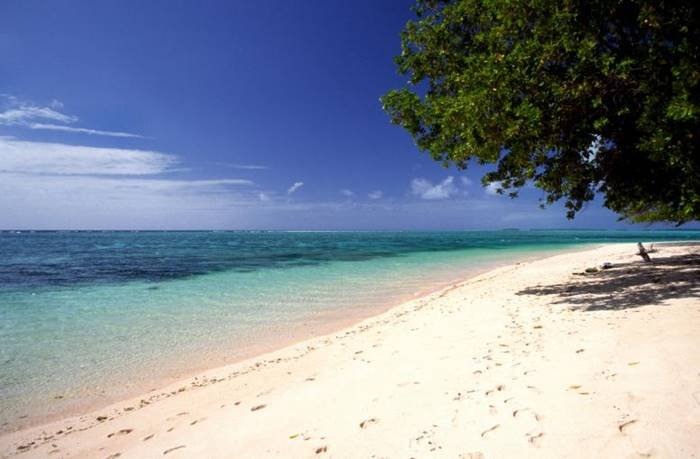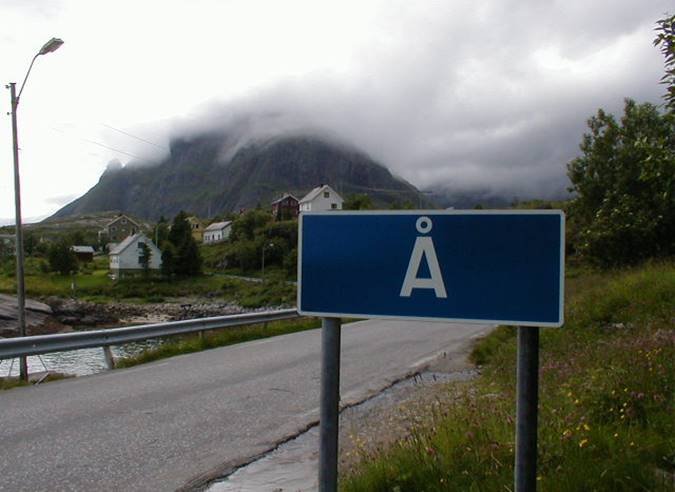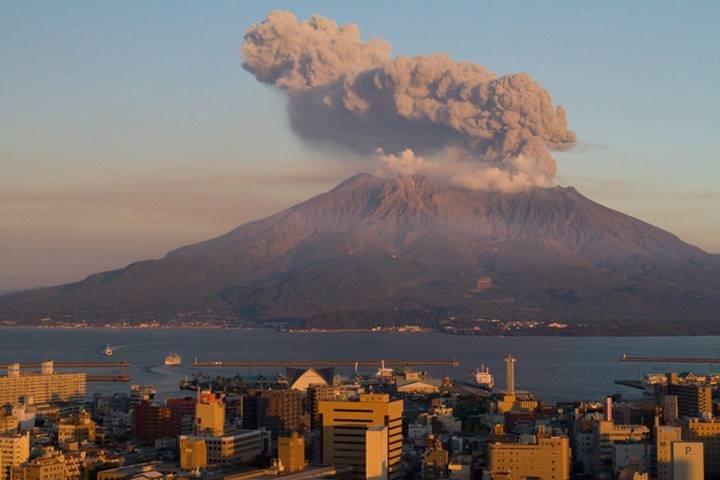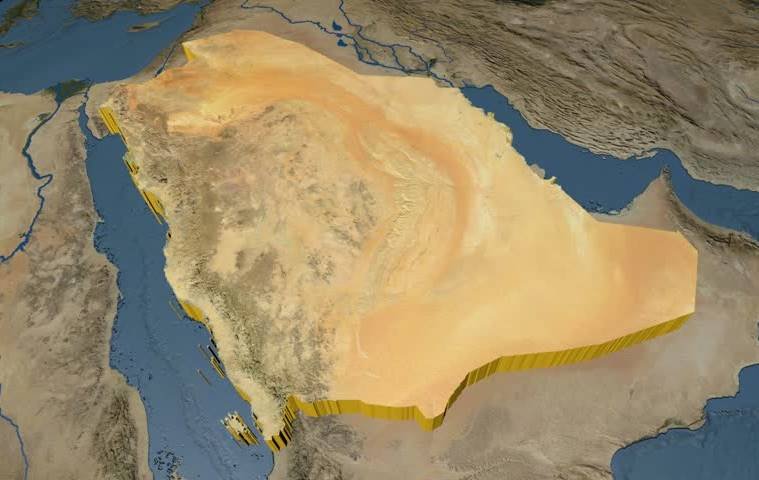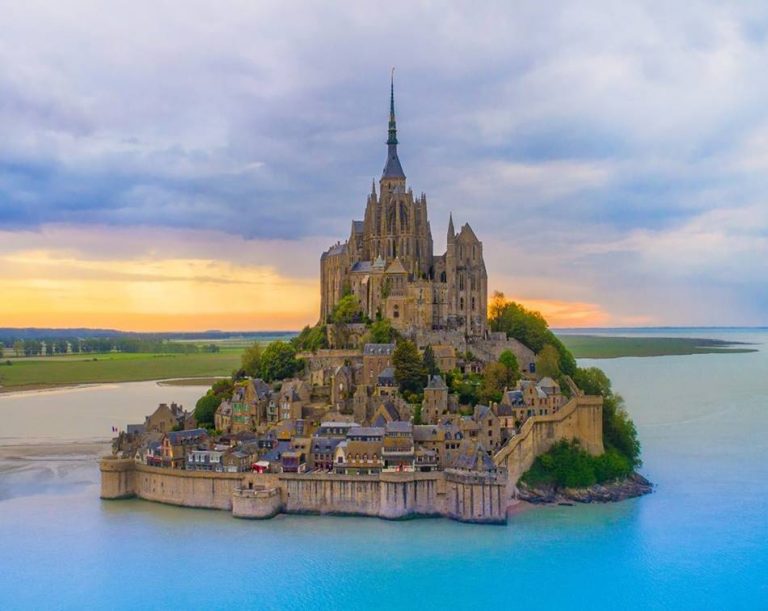20 Amazing Facts of the World That Will Blow Your Mind
Last Updated on 21st February 2024 by admin
Are you ready to read interesting and amazing facts all around the world? Then you came to the right place, here you can test your knowledge with top 20 strange and amazing facts of the world that will tickle your brain. Our planet is brimming with secrets, surprises, and extraordinary occurrences. From the depths of the oceans to the vast expanse of space, amazing facts lurk around every corner. So, buckle up and prepare to be astonished as we explore some of the most incredible and unbelievable facts about our world:
1) Russia is Bigger than Pluto
This is very interesting and one of the amazing facts of the world, Russia is a larger surface area than Pluto. The world’s largest nation, covers an area of about 17.1 million square kilometers, and the surface area of Pluto, which is approximately 16.6 million square kilometers. This highlights the vastness of Russia compared to even celestial bodies like Pluto, showcasing the scale of Earth’s geographical expanses.
2) Illiteracy: A Global Challenge
As of recent data, approximately 10% of the global population still grapples with illiteracy. Despite advancements in education, millions lack basic reading and writing skills, posing challenges for personal development and socio-economic progress. Efforts to combat illiteracy remain crucial to ensure equitable access to education and empower individuals worldwide.
3) Chicken Eyesight: Better Than Human
You can’t see as many colors as a chicken. You’ll also never see all the beautiful colors of a rainbow. Chickens possess tetrachromatic vision, allowing them to perceive a wider range of colors, than humans. While humans have trichromatic vision, perceiving red, green, and blue, chickens can see an additional color: ultraviolet light. This ability enables chickens to detect colors and patterns that are invisible to the human eye.
4) The Many Faces of Humanity
If you consider yourself as “one in a million,” statistically, there would still be around 7,184 more people out there just like you, who share similarities with you. Did you know this amazing fact of the world? This realization underscores the immense diversity and scale of the human population, highlighting that each individual, while unique, is part of a larger community with commonalities.
5) Land Mapping: Earth’s Surface Diversity
The Earth’s total land surface area is estimated at 57,392,928 square miles, constituting roughly 29.1% of the planet’s entire surface area. This calculation underscores the significant portion of the Earth’s surface covered by landmasses, highlighting the importance of terrestrial environments in the overall composition of our planet.
6) Time Zones Around the World
Across the world, there exist 24 distinct time zones, each delineated by differences in local time. These time zones, divided longitudinally, facilitate coordination and synchronization of activities across regions, despite variations in daylight and darkness. Whether it’s coordinating international meetings or understanding global travel schedules, the concept of time zones ensures a standardized approach to timekeeping, enabling seamless communication and collaboration across borders and continents.
7) China’s 1557 Deadliest Earthquake
The earthquake that devastated central China in 1557 and killed approximately 830,000 people was the deadliest of its kind. This devastating event left a profound mark on the region, underscoring the immense destructive power of natural disasters. The significant loss of life serves as a reminder of the importance of preparedness and mitigation efforts in vulnerable areas prone to seismic activity, highlighting the ongoing need for effective disaster management strategies.
8) Mariana Trench
The Mariana Trench stands as Earth’s deepest point in the ocean, reaching a staggering depth of approximately 6.9 miles or 35,813 feet (10,916 meters). Located in the western Pacific Ocean, this trench is a testament to the incredible depths of Earth’s oceans. Its discovery and exploration continue to captivate scientists and explorers, offering insights into the mysterious and largely uncharted realms beneath the waves.
9) The Persian Gulf
The Persian Gulf is renowned for being the warmest sea worldwide, boasting consistently high temperatures throughout the year. The average temperature of the Persian Gulf typically ranges from around 24°C (75°F) in the winter months to approximately 35°C (95°F) during the summer, making it one of the warmest bodies of water globally. Its strategic location and shallow depth contribute to its exceptional warmth, with surface temperatures often exceeding those of other seas.
10) Angel Falls in Venezuela
Angel Falls in Venezuela holds the prestigious title of the world’s highest waterfall. Plunging a breathtaking 3,212 feet (979 meters), it captivates visitors with its majestic beauty and sheer grandeur. Named after American aviator Jimmie Angel, who first flew over the falls in 1933, this natural wonder continues to awe and inspire travelers from around the globe, attracting adventurers and nature enthusiasts to witness its awe-inspiring spectacle firsthand.
11) Caloric Burn: Sleep vs. TV Watching
You burn more calories by sleeping than you do watching television. It’s surprising but true: you burn more calories while sleeping than you do while watching television. While both activities are relatively sedentary, the body’s basic functions during sleep, such as breathing and maintaining body temperature, require energy expenditure. On the other hand, watching TV often involves minimal movement and little to no calorie burn.
12) Oldest Chewing Gum in the World
Remarkably, the world’s oldest known chewing gum, found in Sweden, predates written history by over 9,000 years. Archaeologists uncovered this ancient gum, made from birch bark tar, providing insights into prehistoric chewing habits and early human use of natural resources. The discovery sheds light on the cultural and dietary practices of ancient societies, offering a fascinating glimpse into our distant past.
13) 10% Lefties: A Global Statistic
Roughly 10% of the global population identifies as left-handed, a characteristic that distinguishes them from the majority of right-handed individuals. Despite being less common, left-handedness has persisted throughout history, with left-handed individuals making unique contributions to various fields, from art and music to science and sports, showcasing the diversity of human abilities and talents.
14) Stars are More than the Beach Sands
There are more stars in space than there are grains of sand on every beach in the world. This comparison illustrates the vastness of the universe, where countless stars outnumber the tiny particles found on every shoreline. It’s a reminder of the immense scale of space, far beyond what we can comprehend, and the infinite wonders that lie beyond our planet’s shores. This is one of the most interesting facts for kids or students to learn.
15) The Shortest Place Name
The shortest place name in the world is simply ‘A’, and it exists in both Sweden and Norway. This is a another one of the most amazing facts of the world. This single-letter designation stands as a unique geographical anomaly, captivating travelers and enthusiasts alike. Despite its brevity, ‘A’ serves as a curious landmark, symbolizing the intriguing diversity found within the global landscape of place names.
16) 17 Active Volcanoes in Japan
Japan boasts 17 active volcanoes scattered across its islands, making it one of the most volcanic regions in the world. These volcanic peaks, though beautiful, pose significant risks to the local population and infrastructure due to their potential for eruptions. Japan’s geological activity serves as a reminder of the country’s dynamic landscape and the need for vigilance in mitigating volcanic hazards.
17) There are No Rivers in Saudi Arabia
While Saudi Arabia has stunning landscapes and diverse ecosystems, it’s true that there are no permanent rivers within the country’s borders. This is due to its arid climate and location within the Arabian Peninsula, a region known for its vast desert expanses. Instead of rivers, Saudi Arabia relies on wadis. These are dry riverbeds or valleys that fill with water only during occasional heavy rainfall.
18) UFO Acknowledgment by France, Italy, and Chile
France, Italy, and Chile are among the countries that have officially acknowledged the existence of UFOs. These governments have taken steps to investigate and document unidentified aerial phenomena, recognizing the importance of studying such occurrences. Their acknowledgment underscores the ongoing interest and efforts worldwide to understand the nature of unidentified flying objects and their potential implications.
19) We Lose About 50 to 100 Hairs a Day
It’s normal to shed about 50 to 100 hairs per day as part of the natural hair growth cycle. This shedding occurs as old hairs reach the end of their life cycle and new hairs begin to grow. While daily hair loss may vary depending on factors like age and health, this range is considered typical for most individuals.
20) Breathing Human Skin in Metro Stations
Approximately 15% of the air you breathe in a metro station consists of human skin. As people move through crowded areas like subway stations, they shed tiny particles of skin called dermal scales. These particles become suspended in the air, contributing to the overall composition of indoor air quality.
While this may sound unsettling, it’s a natural part of human biology and environmental dynamics. This is just a glimpse into the vast array of mind-blowing facts waiting to be discovered. Keep exploring, keep questioning, and remember, the world is full of wonders waiting to be unveiled!
Do you have any amazing facts of the world you’d like to share? Leave a comment below and let’s expand our knowledge together!

